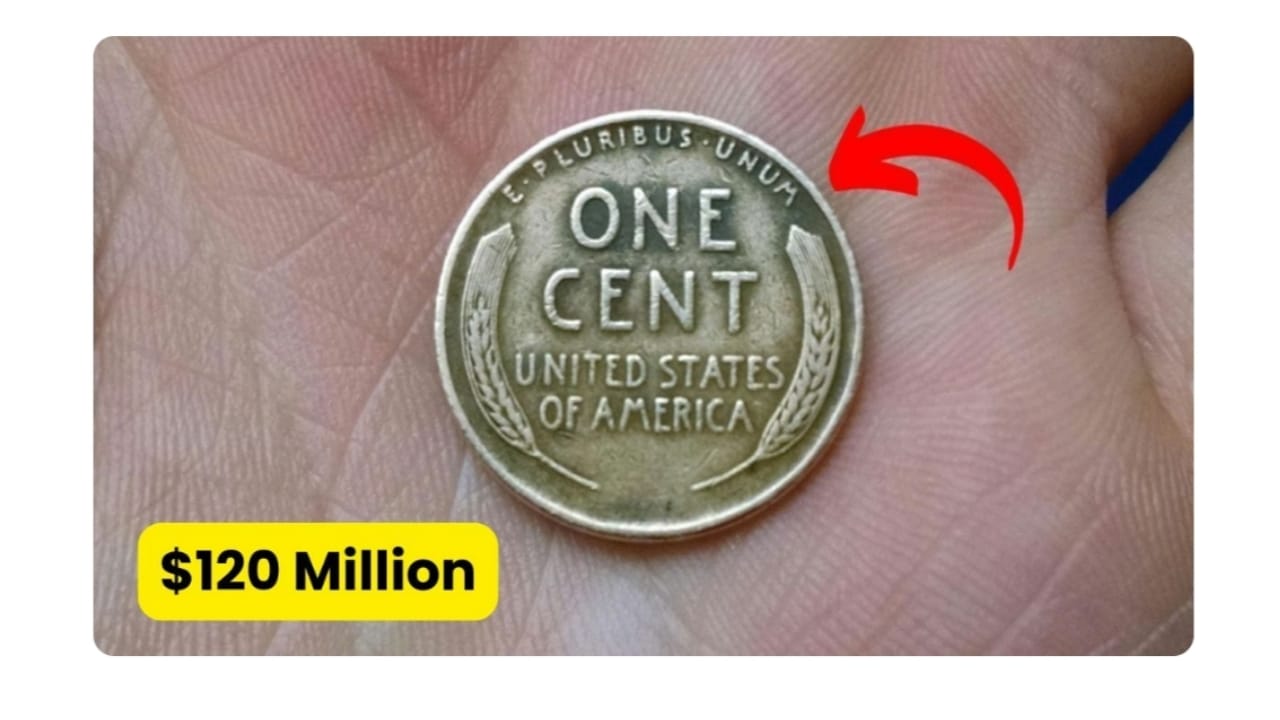The world of coin collecting is full of surprises, but nothing captures attention quite like the legendary Lincoln Wheat Penny valued at $120 million. Yes, you read that right—a simple penny, originally worth just one cent, is now considered one of the most valuable coins in existence. But is it really still in circulation? Let’s uncover the story behind this numismatic treasure.
What is the Lincoln Wheat Penny?
The Lincoln Wheat Penny was first minted in 1909, commemorating the 100th anniversary of President Abraham Lincoln’s birth. It featured Lincoln’s portrait on the obverse (front) and two wheat stalks on the reverse, giving it its famous name.
Produced from 1909 to 1958, these pennies are beloved by collectors because they symbolize a piece of American history. While most Wheat Pennies are common and worth only a few cents, some rare varieties can fetch millions of dollars.
The Penny Worth $120 Million
So why is one Lincoln Wheat Penny valued at an astonishing $120 million? Experts say it comes down to:
Rarity – Only a handful of this unique error/mint variety exists.
Minting Error – The coin is believed to have been struck on the wrong planchet (metal disc).
Historical Significance – Minted during a period of economic change in the U.S.
Condition – The surviving specimen is preserved in near-perfect quality.
Collector Demand – When rarity meets historical importance, auction values soar.
This particular coin has been auctioned and resold multiple times, with each sale setting new records. At its peak, it stunned the collecting world with a jaw-dropping $120 million valuation.
Still in Circulation – Fact or Myth?
While headlines suggest that a $120 million Lincoln Wheat Penny could still be “in circulation,” the reality is a bit more complicated. Most of these ultra-rare coins are locked away in private collections, museums, or with wealthy investors.
However, there’s always the possibility that some rare Wheat Pennies remain undiscovered in old jars, piggy banks, or inherited coin collections. That’s why coin enthusiasts still check their change carefully—you never know what you might find.
How to Spot a Valuable Wheat Penny
If you want to search for rare pennies in your own change, here’s what to look for:
Check the Date – Pennies from 1909, 1914, 1922, 1931, and 1943 are particularly valuable.
Look for Mint Marks – Coins with a small “D” (Denver) or “S” (San Francisco) can be rarer.
Watch for Errors – Doubled dies, off-center strikes, or wrong-metal planchets are worth thousands.
Condition Matters – Uncirculated or near-mint pennies can be exponentially more valuable.
Final Thoughts
The tale of the Lincoln Wheat Penny valued at $120 million is a reminder that small things can hold incredible worth. While the chances of finding one in your spare change are slim, the possibility makes coin collecting both thrilling and rewarding.
So next time you come across a penny, don’t dismiss it too quickly—you might just be holding a piece of history worth a fortune.
